After Helene and Milton, residents of Casey Key question its future – the Washington Post
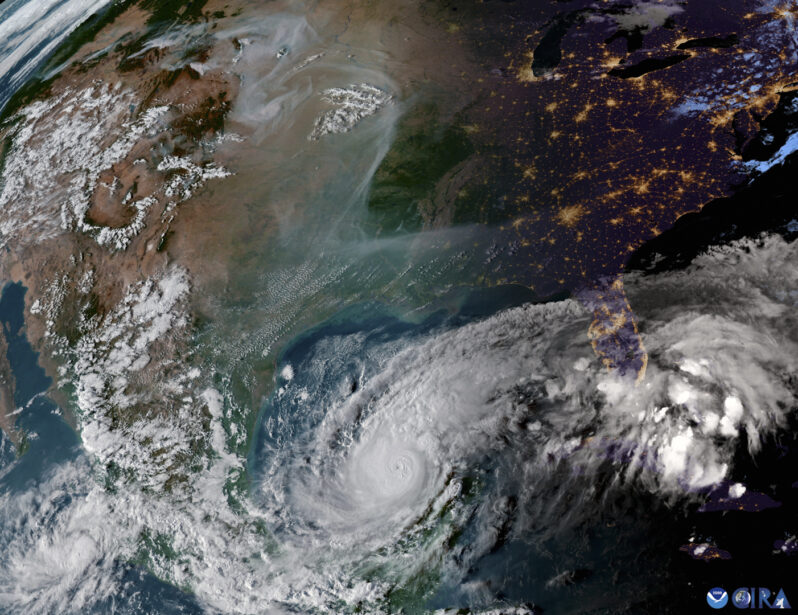
Two back-to-back destructive storms make some ponder the burden of the barrier island’s beauty. Will they rebuild again or give in to climate change?..
Climate Change Made Hurricane Milton Stronger, With Heavier Rain, Scientists Conclude – Inside Climate News
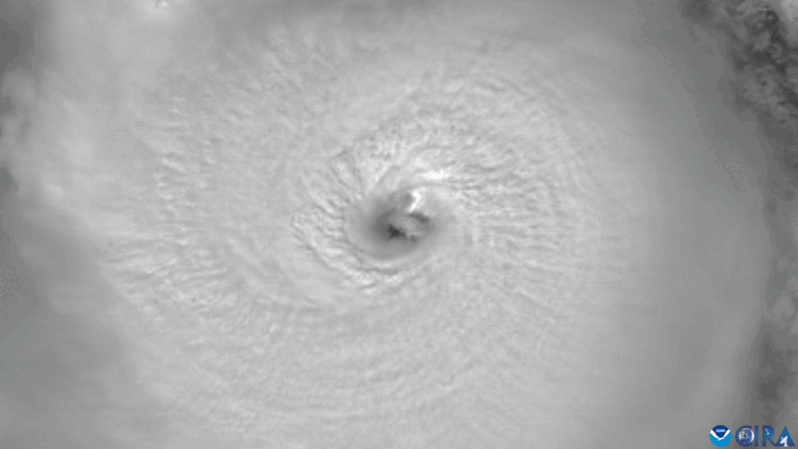
A rapid analysis of rainfall trends and Gulf of Mexico temperatures shows many similarities to Hurricane Helene less than two weeks earlier…
If Hurricane Rebuilding Is Affordable Only for the Wealthy, This Is the Florida You Get | Opinion – the New York Times
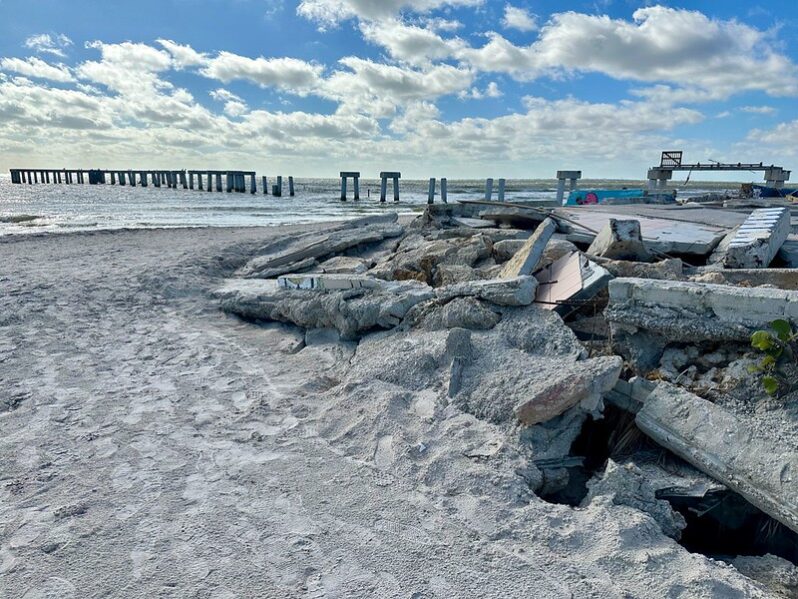
When Hurricane Ian…made landfall nearly a year ago, a storm surge as high as 15 feet left the town of Fort Myers Beach nearly submerged for several hours.Today…the island reveals countless properties recently cleared of debris selling for millions and even tens of millions of dollars…
Hurricane Milton Is Terrifying, and It Is Just the Start | Opinion – the New York Times

As Hurricane Milton roars toward Florida’s west coast with winds that spiked to a staggering 180 miles per hour, we are witnessing a new reality. Supercharged hurricanes are no longer outliers, freak disasters or storms of the century…
Photos: The Aftermath of Hurricane Helene – the Atlantic
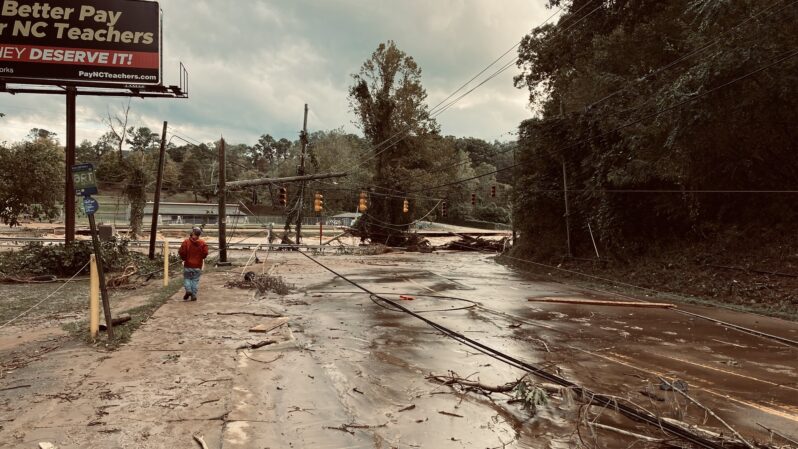
Late Thursday night, Hurricane Helene made landfall in Florida as a Category 4 hurricane, with winds gusting up to 140 mph…Millions remain without power as first responders work to reach those in need and search for survivors…
Hurricane Helene’s ‘historic flooding’ made worse by global heating, Fema says – the Guardian

It will be ‘complicated recovery’ in five states, says disaster relief agency, with hurricane killing at least 91 people so far…
Helene Has Killed More Than 110 People, Here Are Some of Their Stories – the New York Times

After the Category 4 hurricane made landfall on Florida’s Gulf Coast and pummeled the Southeast, some victims’ portraits were coming into focus…
In the South, Sea Level Rise Accelerates at Some of the Most Extreme Rates on Earth – Inside Climate News
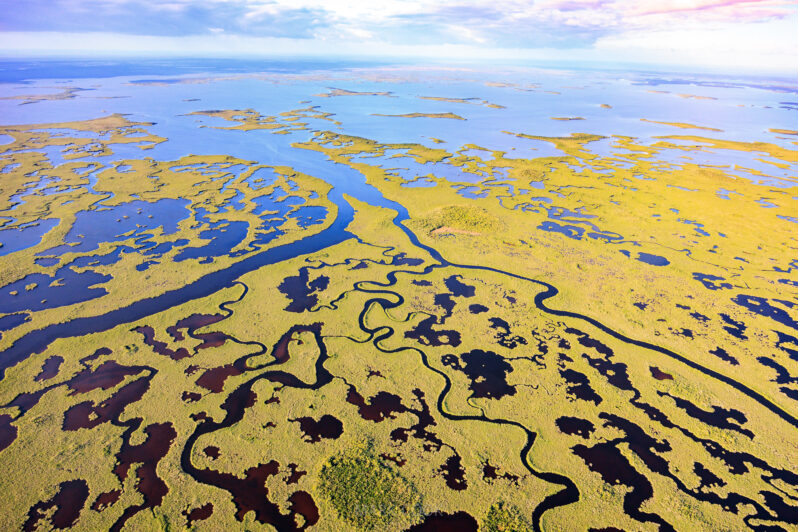
The surge is startling scientists, amplifying impacts such as hurricane storm surges and nuisance flooding and testing mitigation measures like the Resilient Florida program…
Mangrove Trees Are on the Move, Taking the Tropics with Them – Scientific American

As the climate warms, mangroves are migrating farther poleward, transforming the coast as they go…
